India: Election time in the world’s biggest democracy
India has three-quarters of a billion voters and they go to the polls at different times in all 28 states.
India’s elections are as massive and sprawling as the country itself, said Indian journalist Aakar Patel in Pakistan’s The News. The country has three-quarters of a billion voters, and they go to the polls at different times in all 28 states, so the entire parliamentary vote takes a month to complete. Right now, we’re halfway through this year’s parliamentary elections, yet there’s still no national campaign. Because Indians “vote for identity, not issues,” and the caste makeup differs from state to state, each party must tailor its campaigning to each state. Issues unrelated to identity are unimportant, so parties rarely even mention their platforms—if they have a platform at all. This is true even in the south, which is “more literate, less violent, and more sensible than the north.” Of course, the two biggest parties, Congress and the BJP, do have platforms, but “a lot of it is outright lying.”
Identity politics makes for a chaotic legislature, said Bhaskar Dutta in India’s The Telegraph. “Caste, religion, and ethnic divisions have all assumed greater significance” in recent years, and there’s at least one niche party for each group. In the last election, in 2004, fully 37 parties were represented in the 545-seat legislature. “Not surprisingly, many of these parties were very small,” with fewer than five seated members. The proliferation of tiny parties ensures that no single Indian party gets an outright majority. Instead, whichever big party gets a plurality has to cobble together a “large and unwieldy coalition” made up of “ideologically disparate members.” That’s a recipe for stagnation. Indian governments rarely undertake major policy initiatives, because some members of the coalition are bound to disagree with any given idea.
Many of these small parties are downright kooky, said Amulya Ganguli in India’s The Statesman. The Samajwadi Party, for instance, which has a “retrogressive mind-set totally out of sync with the modern world,” campaigned this year on promises to stop the spread of computers and ban the teaching of English. In many parts of the country, where “caste-ism is the driving force,” parties compete to promise the intermediate castes the kind of affirmative-action benefits given to the lower castes. “What is odd is that none of these parties try to break out of their confines and acquire the status and outlook of a national party.” They seem perfectly happy in their little niches. This may be because they tend to be “one-leader parties,” whose guiding principles are simply the personal quirks of the founder rather than an overarching philosophy.
The Week
Escape your echo chamber. Get the facts behind the news, plus analysis from multiple perspectives.

Sign up for The Week's Free Newsletters
From our morning news briefing to a weekly Good News Newsletter, get the best of The Week delivered directly to your inbox.
From our morning news briefing to a weekly Good News Newsletter, get the best of The Week delivered directly to your inbox.
No wonder many Indians don’t bother to vote, said Santosh Desai in India’s Tehelka.com. Politicians spend the entire campaign bickering on television talk shows. “By now, we’re past caring who likes whom and who doesn’t. In any case, the relationships between parties seem more fickle than Paris Hilton’s love life.” Turnout has been lower than expected so far this year. Even in Mumbai, where pundits had predicted a large showing on the assumption that last year’s terrorist bombings in that city had mobilized the population to take an interest in politics, turnout was less than 50 percent. Indians are tired of narrow-minded leaders and broken promises. They are increasingly convinced that “voting is a mug’s game.”
A free daily email with the biggest news stories of the day – and the best features from TheWeek.com
-
 Political cartoons for January 4
Political cartoons for January 4Cartoons Sunday's political cartoons include a resolution to learn a new language, and new names in Hades and on battleships
-
 The ultimate films of 2025 by genre
The ultimate films of 2025 by genreThe Week Recommends From comedies to thrillers, documentaries to animations, 2025 featured some unforgettable film moments
-
 Political cartoons for January 3
Political cartoons for January 3Cartoons Saturday's political cartoons include citizen journalists, self-reflective AI, and Donald Trump's transparency
-
 Bari Weiss’ ‘60 Minutes’ scandal is about more than one report
Bari Weiss’ ‘60 Minutes’ scandal is about more than one reportIN THE SPOTLIGHT By blocking an approved segment on a controversial prison holding US deportees in El Salvador, the editor-in-chief of CBS News has become the main story
-
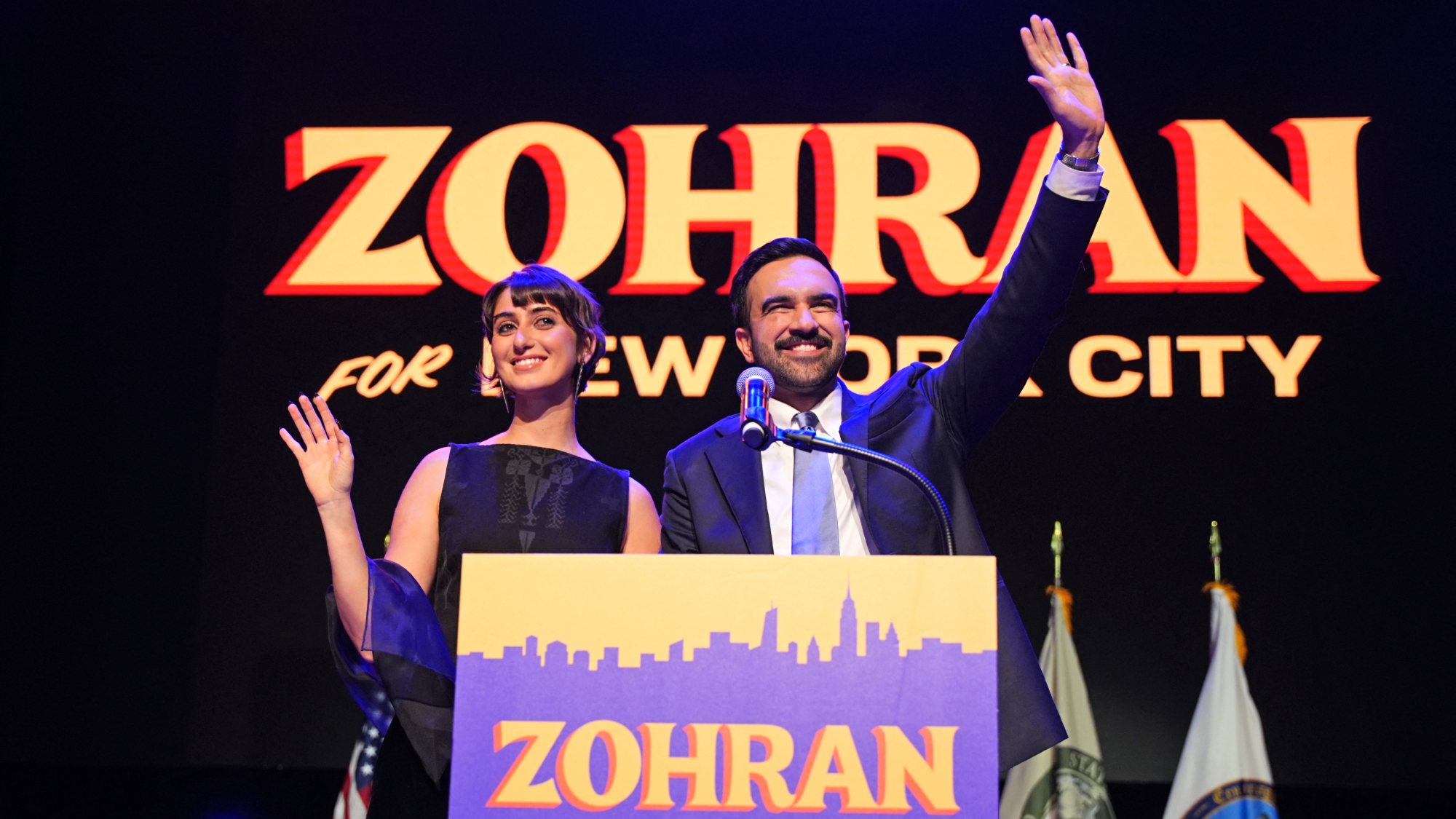 Has Zohran Mamdani shown the Democrats how to win again?
Has Zohran Mamdani shown the Democrats how to win again?Today’s Big Question New York City mayoral election touted as victory for left-wing populists but moderate centrist wins elsewhere present more complex path for Democratic Party
-
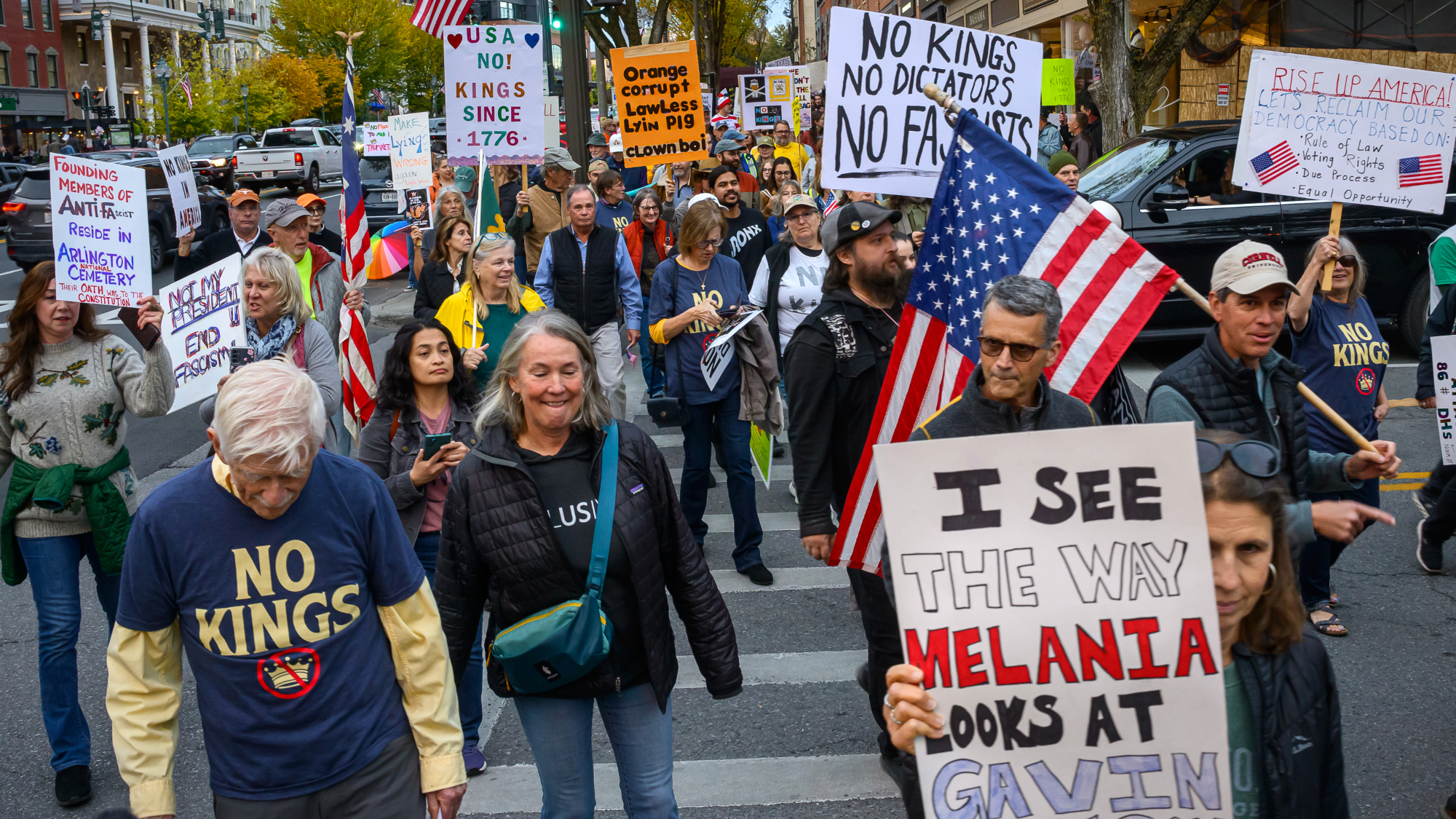 Millions turn out for anti-Trump ‘No Kings’ rallies
Millions turn out for anti-Trump ‘No Kings’ ralliesSpeed Read An estimated 7 million people participated, 2 million more than at the first ‘No Kings’ protest in June
-
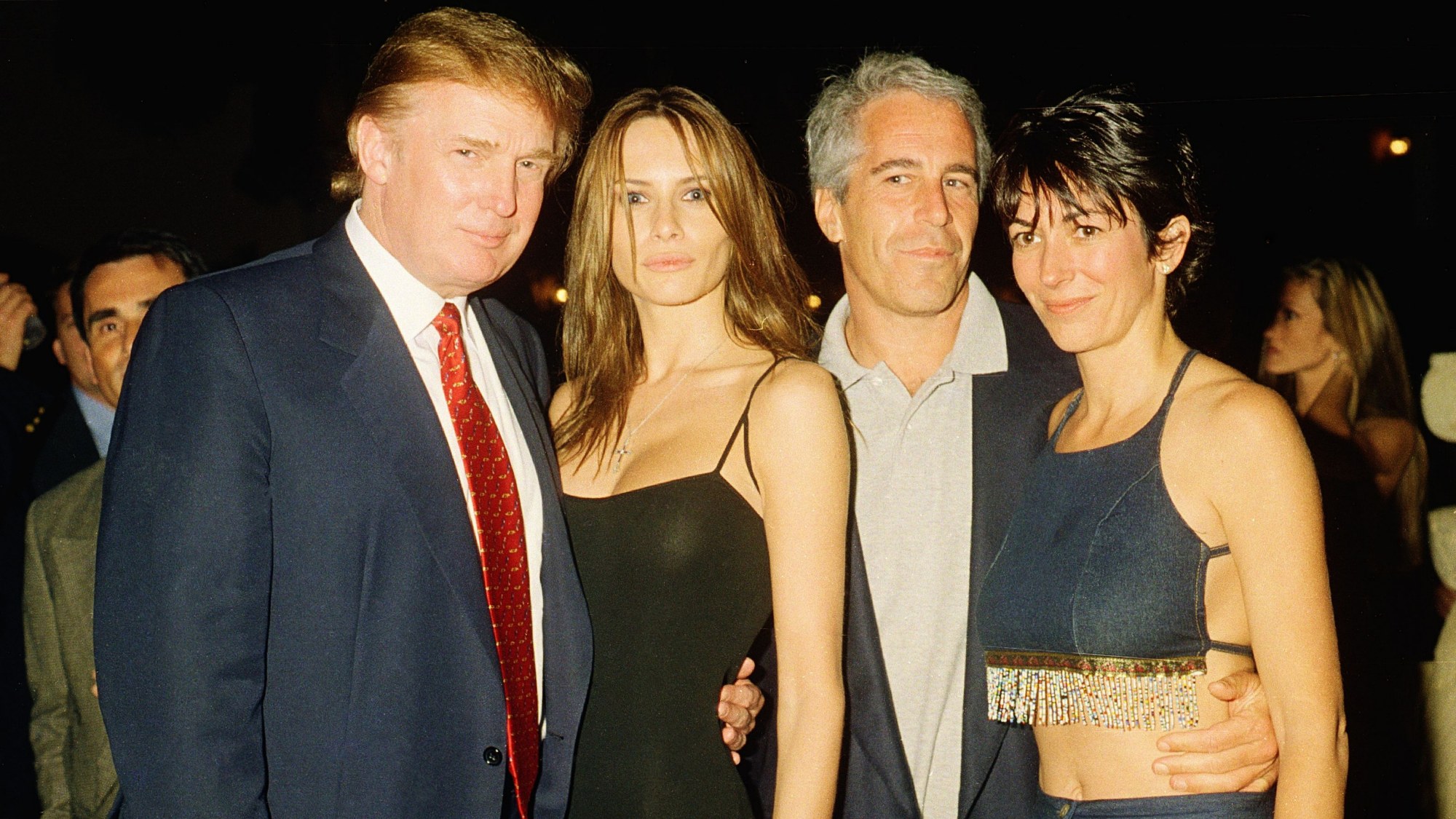 Ghislaine Maxwell: angling for a Trump pardon
Ghislaine Maxwell: angling for a Trump pardonTalking Point Convicted sex trafficker's testimony could shed new light on president's links to Jeffrey Epstein
-
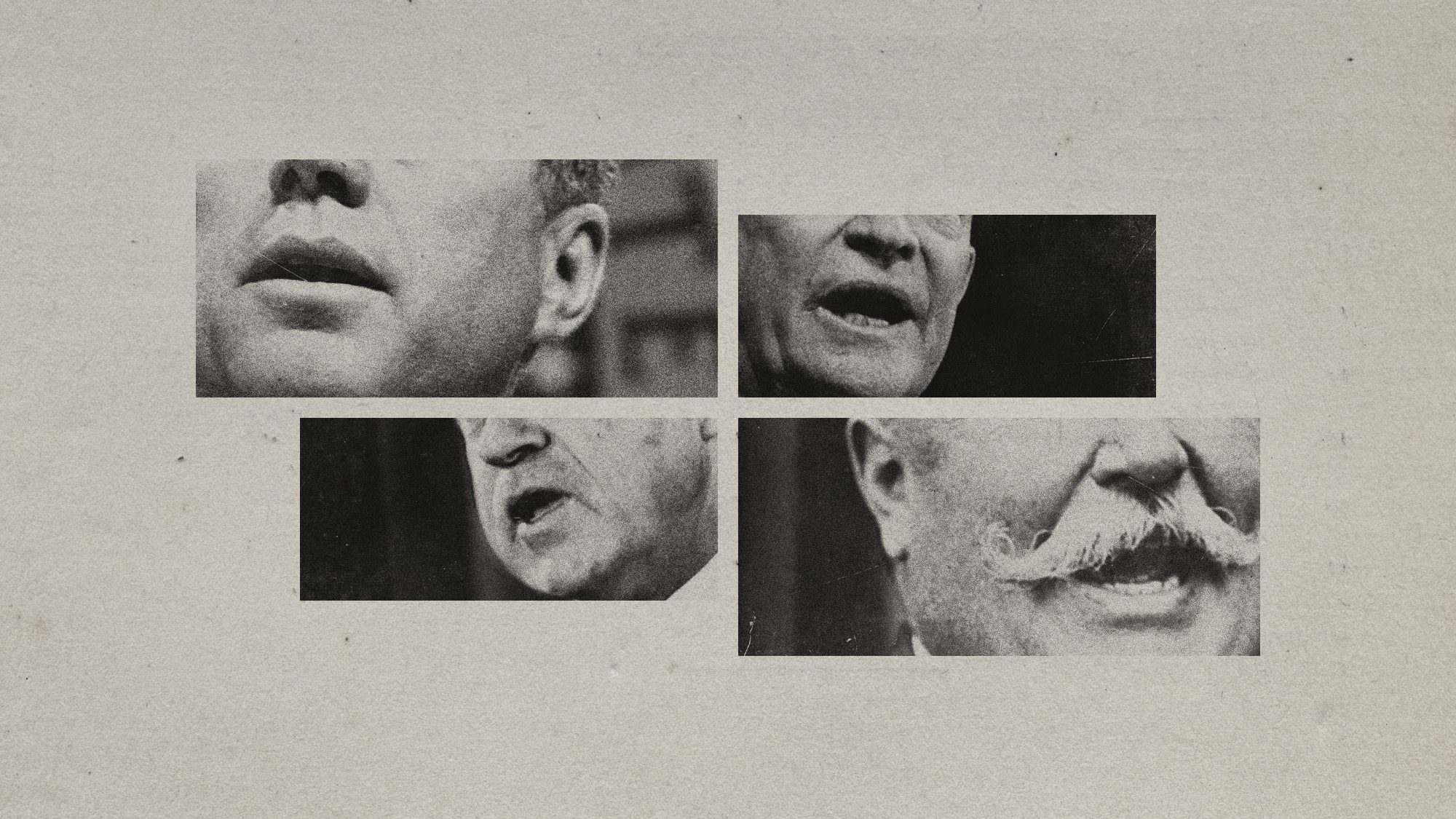 The last words and final moments of 40 presidents
The last words and final moments of 40 presidentsThe Explainer Some are eloquent quotes worthy of the holders of the highest office in the nation, and others... aren't
-
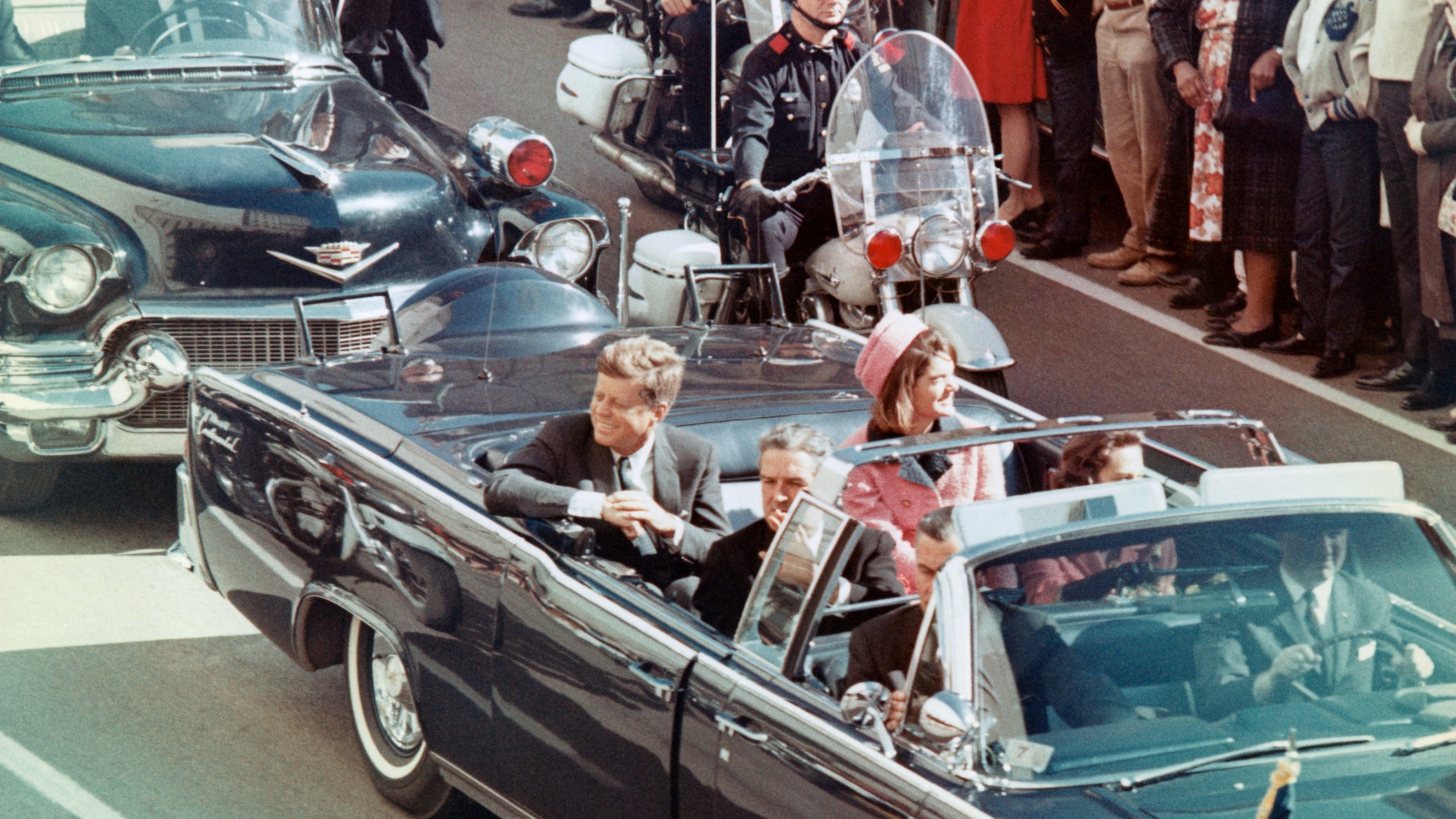 The JFK files: the truth at last?
The JFK files: the truth at last?In The Spotlight More than 64,000 previously classified documents relating the 1963 assassination of John F. Kennedy have been released by the Trump administration
-
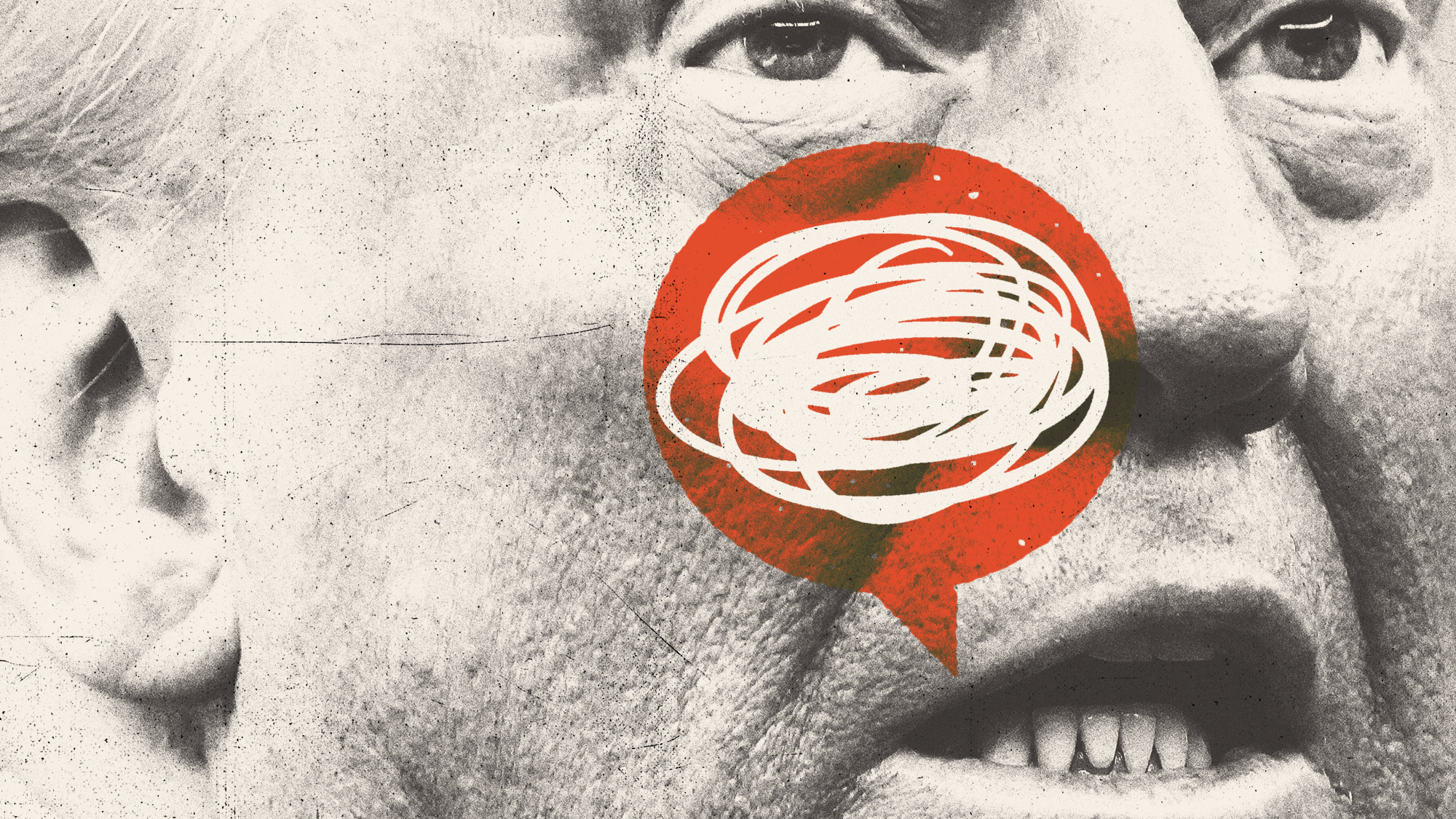 'Seriously, not literally': how should the world take Donald Trump?
'Seriously, not literally': how should the world take Donald Trump?Today's big question White House rhetoric and reality look likely to become increasingly blurred
-
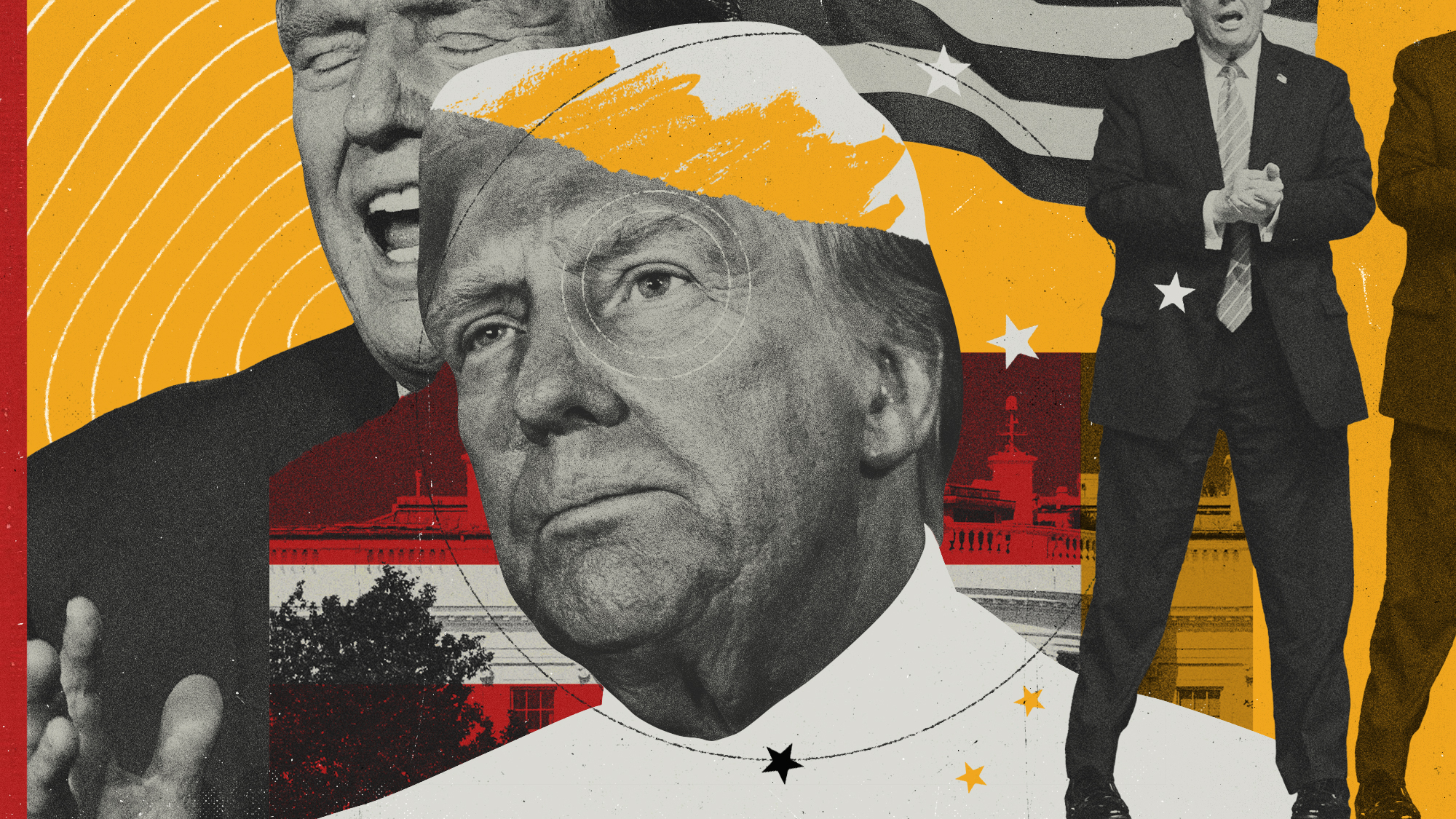 Will Trump's 'madman' strategy pay off?
Will Trump's 'madman' strategy pay off?Today's Big Question Incoming US president likes to seem unpredictable but, this time round, world leaders could be wise to his playbook